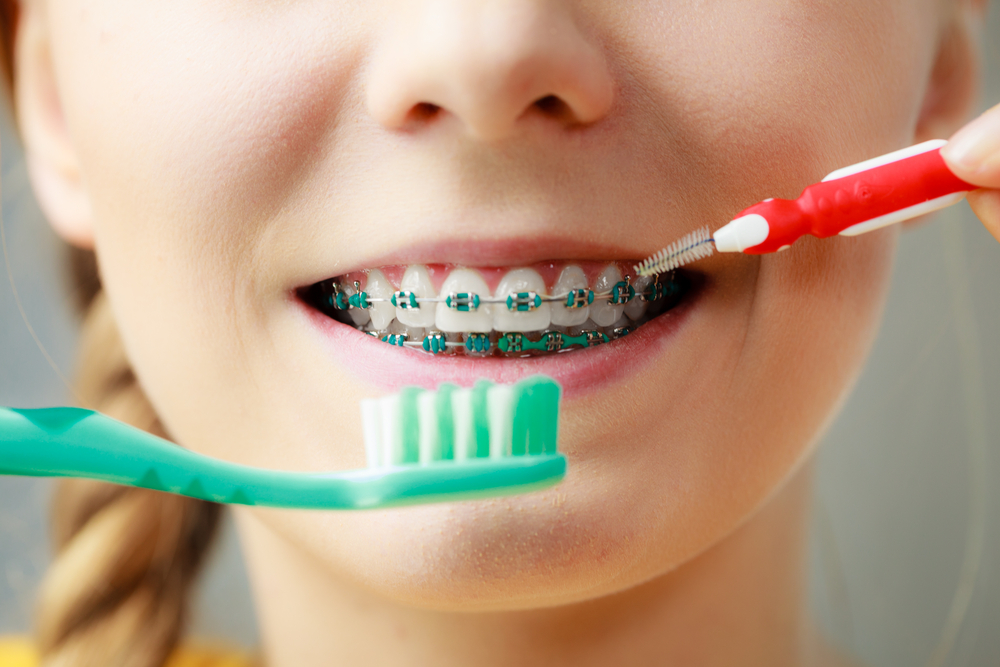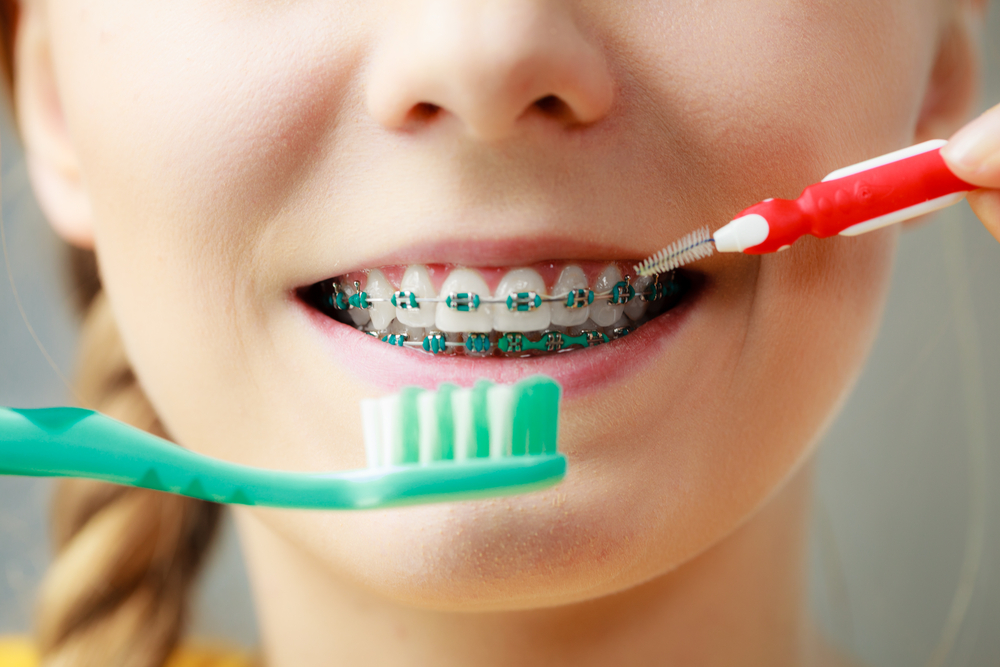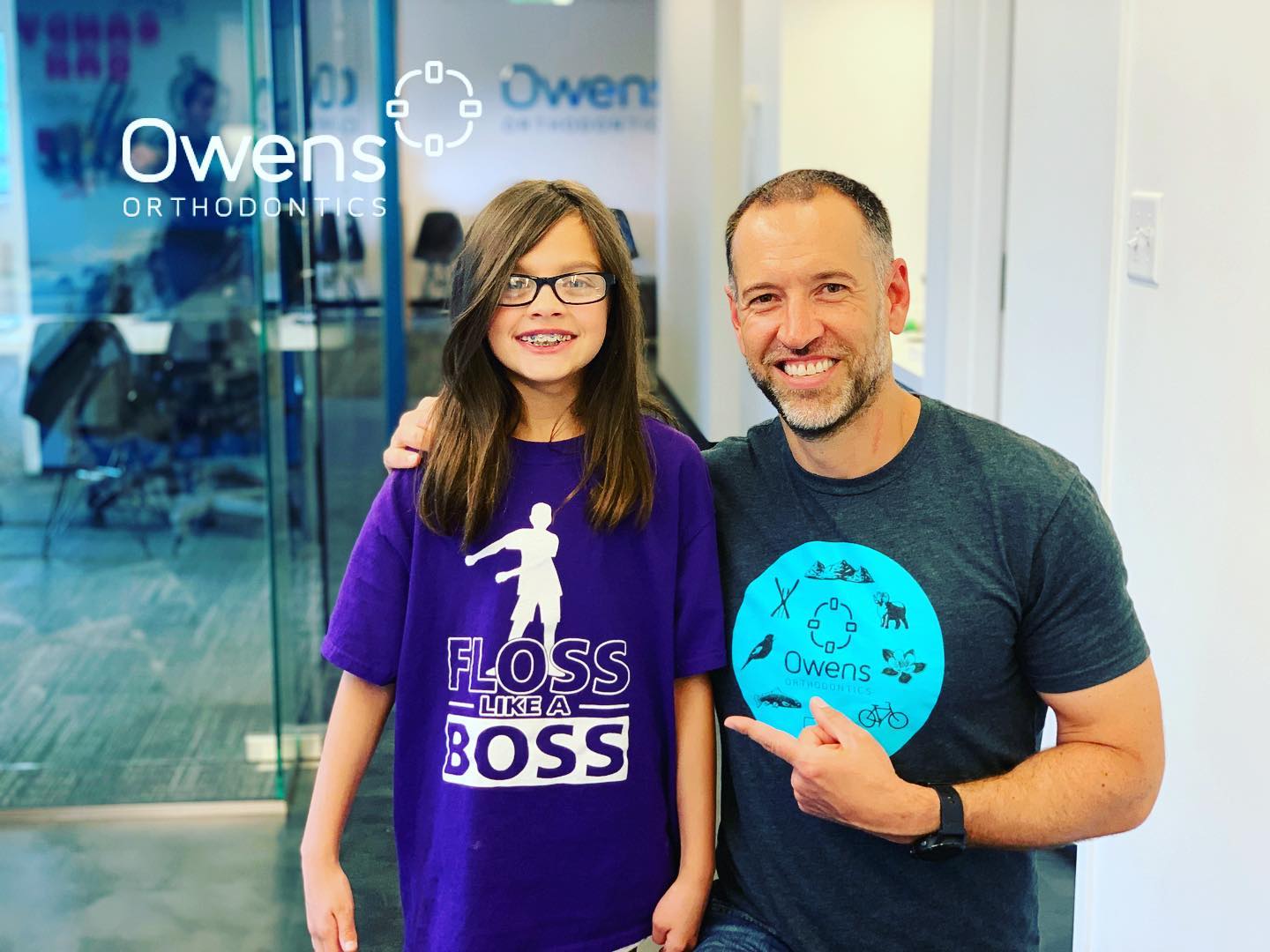

The holiday season is here. And whether you’re eating Thanksgiving leftovers right now or about to indulge in Christmas or Hanukkah meals, it’s nice to know if what’s on the menu is healthy for your kids. As your Denver-area pediatric dentist, Dr. Paddy and the Kids Mile High team want to help you figure out the best holiday food for happy teeth and gums.
As a start, here’s a list of 6 healthy holiday foods offering great nutrition for teeth and why:
-
Turkey
For many holiday tables, turkey is the main event. If this is your family, you’ll be pleased to know that turkey is one of the season’s foods that are good for teeth— it’s a lean meat full of vitamins and minerals. Turkey contains phosphorus, which along with calcium, is key for maintaining healthy gums, teeth, and bones. Turkey is also low in fat and high in protein, which helps maintain strong bones and tooth enamel.
And bonus? Turkey leftovers like turkey sandwiches, soup, or pasta mean your kiddos get quite a few chances at benefiting from turkey’s nutrition for their teeth.
-
Sweet Potatoes
Minus the marshmallow topping, mashed sweet potatoes is another one of the healthy holiday foods you can feel good about serving the kids. Sweet potatoes are chock-full of vitamins A and C for teeth health, building strong teeth and bones.
Vitamin A also helps keratin, a protein that promotes the formation of tooth enamel. And it contributes to saliva production, which brings down the acidity in your child’s mouth after eating. Less oral acidity means less tooth enamel erosion and better cavity prevention.
The vitamin C you find in sweet potatoes is super important for strengthening your kiddo’s gums and soft oral tissue. Strong gums and connective tissue keep your little one’s pearly whites firmly in place. And vitamin C helps prevent gingivitis and gum disease.
-
Greens Like Peas, Broccoli, and Brussel Sprouts
You can’t go wrong when offering a variety of greens! Greens are one of those all-star foods that are plain good for your kiddo’s teeth and their overall health. Holiday table favorites like peas, broccoli, and brussel sprouts are packed with teeth-healthy calcium, vitamin C, and vitamin K.
It makes sense that calcium intake is vital for strong teeth since tooth enamel is mostly made up of calcium. As for Vitamin C, not only does it help with strong gums and oral tissue but it aids in healing and helps prevent bleeding gums. And Vitamin K? Vitamin K and calcium are buddies. Like Robin supports Batman, Vitamin K helps calcium absorption as a calcium binder.
Another reason greens are considered healthy holiday foods: it’s in the chewing. Chewing produces saliva. When it comes to broccoli and brussel sprouts, lettuce and kale, you need to chew these greens well to aid swallowing and digestion.
-
Nuts
A bowl of nuts to snack on before dinner? Or maybe as part of a cheese plate? You can count on nuts as a healthy holiday food for kids, as long as your kiddo’s not allergic of course! A handful of nuts provides plenty of teeth-friendly vitamins, minerals, fatty acids, and protein that support both teeth and gum health. Nuts are also a great source of antioxidants, which helps prevent cell damage and fight bacterial infections.
Peanuts are a great source of calcium and vitamin D, almonds boost calcium, and walnuts offer minerals and vitamins for teeth like magnesium, vitamin E, vitamin B, and potassium. Cashews and brazil nuts help fight oral bacteria, doing their part to prevent tooth decay in children.
That said, your Kids Mile high pediatric dentists suggest the non-roasted and unsalted kind. And candied nuts should be enjoyed in moderation since they’ll coat your child’s teeth with sticky sugars.
Keep in mind, if your kiddo is in braces with Dr. Scheer, nuts should be avoided as they can loosen brackets!
-
Cheese
Cheese, please! From charcuterie boards to potatoes, cheeseballs to cheesecake, cheese blintzes to kugel… and more. The good news for cheese lovers is that cheese is super teeth-friendly. Cheese has lots of calcium, phosphorus, and protein — three things we’ve already established as superheroes when it comes to good nutrition for kids’ teeth.
Eating cheese also lowers the acidity in your mouth and increases saliva production, doing a great job of cavity prevention. Try offering cheese to your kids after they’ve eaten a sweet treat like cookies or candy to counteract the sugar and acidity.
-
Salmon
Fish is a welcome add-on to holiday menus — and we all know salmon as a superstar food for kids’ overall nutrition and teeth health. Lox, baked filet, or salmon cake… any way you serve it, this fish has vitamin D, phosphorus, and omega-3 fatty acids to bolster teeth and gum health. Vitamin D helps your body absorb and use calcium better. The “sunshine vitamin” also aids in maintaining saliva levels and preventing dry mouth.
-
Pumpkin Pie
What’s Thanksgiving or Christmas without pumpkin pie? We’re all for holiday fun and having a few treats now and then so we’re happy to say that you can feel okay about your kiddo saying “yes” to a slice! Pumpkin is great for overall nutrition for teeth because it has lots of vitamin A, which we’ve said earlier helps build strong teeth and bones, and encourages saliva.
Just remember to eat pumpkin pie in moderation since it has a lot of sugar. And we suggest having your child drink some water afterwards to rinse the sugars out, or better yet, brush their teeth well as part of a good oral health routine.
Cavity Prevention With Kids Mile High
It goes without saying that visiting your pediatric dentist for cleanings and checkups goes a long way in cavity prevention and teeth health. Pair that with healthy holiday foods this season and your kids (and you!) will be smiling big in the New Year!
Make an appointment today at our Englewood, Central Park or Thornton, CO office to keep your kiddo’s teeth shining bright.









 If you’ve ever visited
If you’ve ever visited 
